Which muscles need stretched? Which muscles need strengthened?
Stretching
The muscles that you should focus on stretching to correct posture and decrease pain are the pectoralis major, upper trapezius, and the levator scapulae. The pec major is on the front of your chest and shoulder. It has two heads. One head is attached to the middle half of your collar bone and the other is attached to your sternum and the front of your first six ribs. The other end of this muscle attaches to your upper arm at a point called the bicipital groove.
The upper trap muscle is located on the back of your neck. This muscle attaches to the base of your skulls, the back of your neck and to the top, outer portion of your scapula (shoulder blade).
The levator muscle is located on the back of your neck. One end of this muscle attaches to the side of the upper cervical vertebrae and the other end attaches to the scapula.
Strengthening
The muscle that you should focus on strengthening to correct posture and decrease pain are the rhomboids, lower trapezius, and serratus anterior. Your rhomboids are between your scapula (shoulder blades). One end of this muscle is attached to your spine just above your 1st rib to your 5th rib. The other end of this muscle attaches to the middle edge of your scapula.
The lower trap runs along the lower ribs on your back. One end of this muscle is attached to your spine at the 4th rib to the 12th rib. The other end is attached to your shoulder blade on a structure called the scapular spine.
The serratus anterior is located on the side and back of your ribs. This muscle attaches to the side of your 1st rib to your 9th rib, it follows your ribs around to your back, under your scapula and attaches to the middle border of the front portion of the scapula.
The deep neck flexors are a group of muscles made up of the longus colli, longus capitus, rectus capitus, and longus cervicus. These muscles are located on the front of your neck, close to your spine. These muscles attach at various structures from the base of the skull to the third thoracic vertebra of your upper back.
What do these muscles do?
The pec major muscle assists with bringing your arm closer to and across your body, raising your arm to 90°, and internal rotation (rotating your shoulder toward the body). The upper trap muscle is the main muscle involved in shoulder elevation (shrugging your shoulders) and also rotates your shoulder blades upward. The levator muscle assists with shrugging your shoulders. Your levator also helps with rotating your shoulder blades downward.
Your rhomboid, mid and lower trap muscles all assist with scapular adduction (bringing your shoulder blades together). Your rhomboids lifts and rotates your scapulas so the bottom, inner edges come together while your mid and lower traps rotate your shoulder blades so the bottom edges go away from each other. Your lower traps also bring your shoulder blades down. Your lats muscles assists with bringing your arm down and closer to your body. It also assists with internal rotation of your shoulder (inwardly rotating) and bringing your arm back after you reach across your body
Why is it important to do these stretches?
The pec stretch is important in preventing or relieving shoulder pain and correcting posture. It is very common for people to sit with their shoulders rounded forward. Staying in this position for long periods of time; say the majority of a work shift, the pec muscles become shortened thus making it painful to move your shoulder into it's normal position and even limits the range of motion of your shoulder. Trying to raise your arm from this position limits your shoulder motion because there is less space within your shoulder joint for your bones to move which causing shoulder pain. It will be difficult, if not impossible to correct your posture if the pecs are not stretched. Lastly, having tight pecs also puts excessive strain on the muscles in your back. This causes these muscles to become overly stretched and weak.
Aside from correcting posture, stretching the upper trap and levator is important in preventing and reducing neck pain and headaches. Sitting with your head too far forward shortens your upper trap and levator. This causes these muscles to become shortened and stiff then when you bring your head back it causes a lot of tension on those shortened muscles. Looking down for too long can also put a lot of stress on the muscles on the back of your neck because they are fighting against gravity and being overly stretched by gravity. Both scenarios may lead to tension headaches, neck pain, and joint dysfunction in your neck. Stretching your upper traps and levator can help relieve these tension headaches, correct your posture, and decrease pain and stiffness.
Stretching these muscles will increased your neck and shoulder mobility allowing you to have more pain free range of motion through your shoulder and neck so you can reach further and look further in more directions without discomfort. Read my blog post about upper back, shoulder and neck pain for even more exercises that can help relieve your pain.
Why is it important to do these strengthening exercises?
Strengthening the rhomboids, lower traps, serratus anterior, and the deep neck flexors are important because these are the main muscles used to correct posture and decrease pain. These muscles draw your shoulders and head back to proper alignment and prevent rounder shoulder and forward head posture. Strengthening these muscles restores muscular balance between the muscles in front and the muscles in back thus preventing the muscles from becoming overly shortened or overly weakened.
Stretching is important however, if stretching is done without strengthening, you're only doing half of the job. The stretching will allow you to move into the position more easily to have good posture but it will be difficult to hold that position if your muscles are not conditioned to holding that position throughout the day.
How are these stretch done?
Pec Stretch
Stand tall in a doorway with your shoulders down and back so your chest is up and out. With your arm raised to 90°, put your right shoulder against the doorframe with your right foot forward. Slightly bend your right knee and rotate to your left until you feel a slightly uncomfortable stretch in the front of your right shoulder.
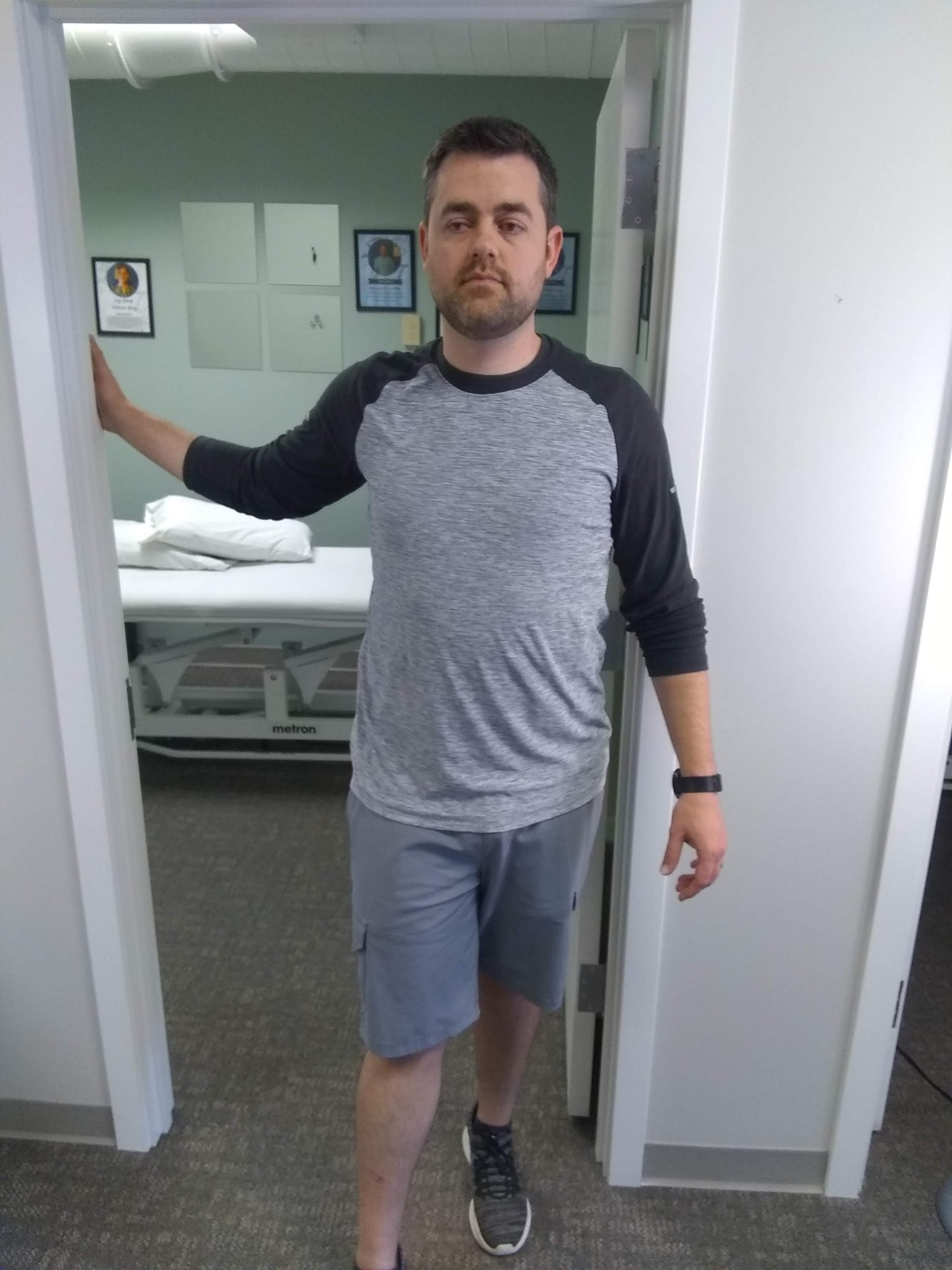
Pec Stretch Starting Position
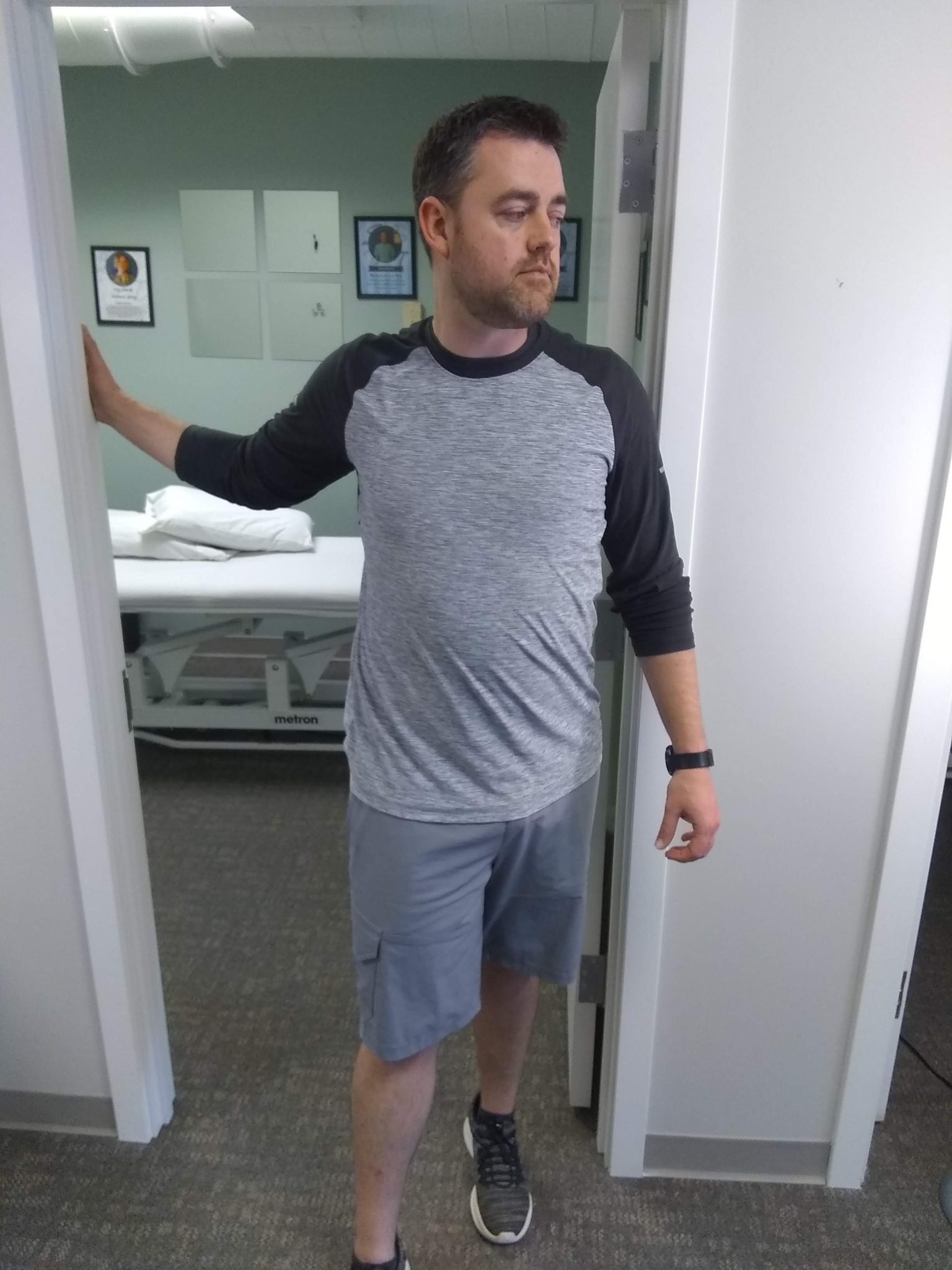
Pec Stretch Ending Position
Yeses and Noes Stretch
Stand beside a closed door. With your arm hanging down, hold the doorknob with your right hand. Or you can sit in a chair and hold the bottom of the seat. This is to ensure your shoulders stay level. While keeping your eyes and nose facing forward, tilt your head toward the left shoulder, bringing your ear toward your shoulder. While maintaining this position, move your head in a “yes” motion, then a “no” motion. You should feel a mild stretch in your neck and top of the shoulder. Repeat on the other side.
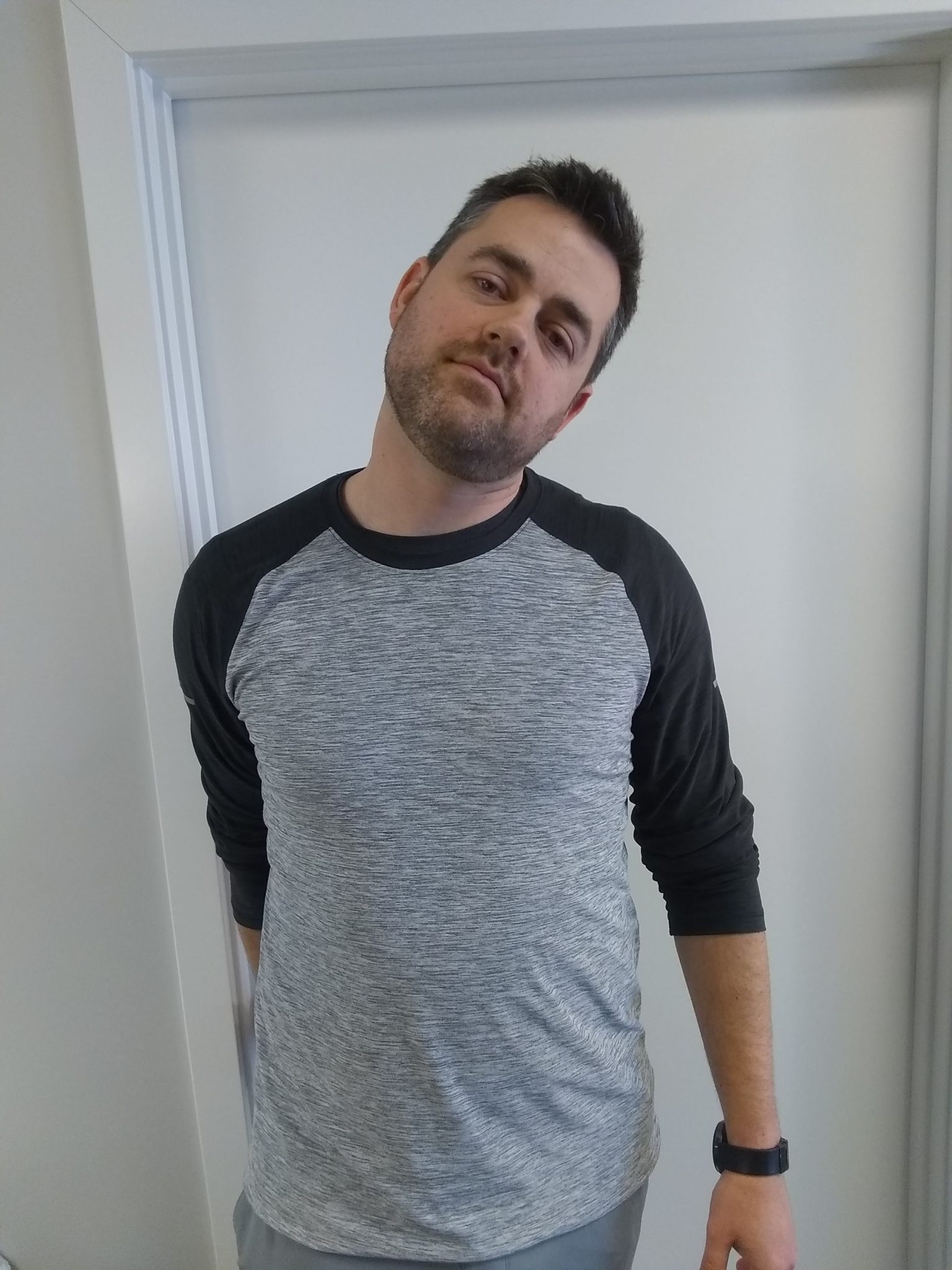
Yeses and Noes Stretch Starting Position
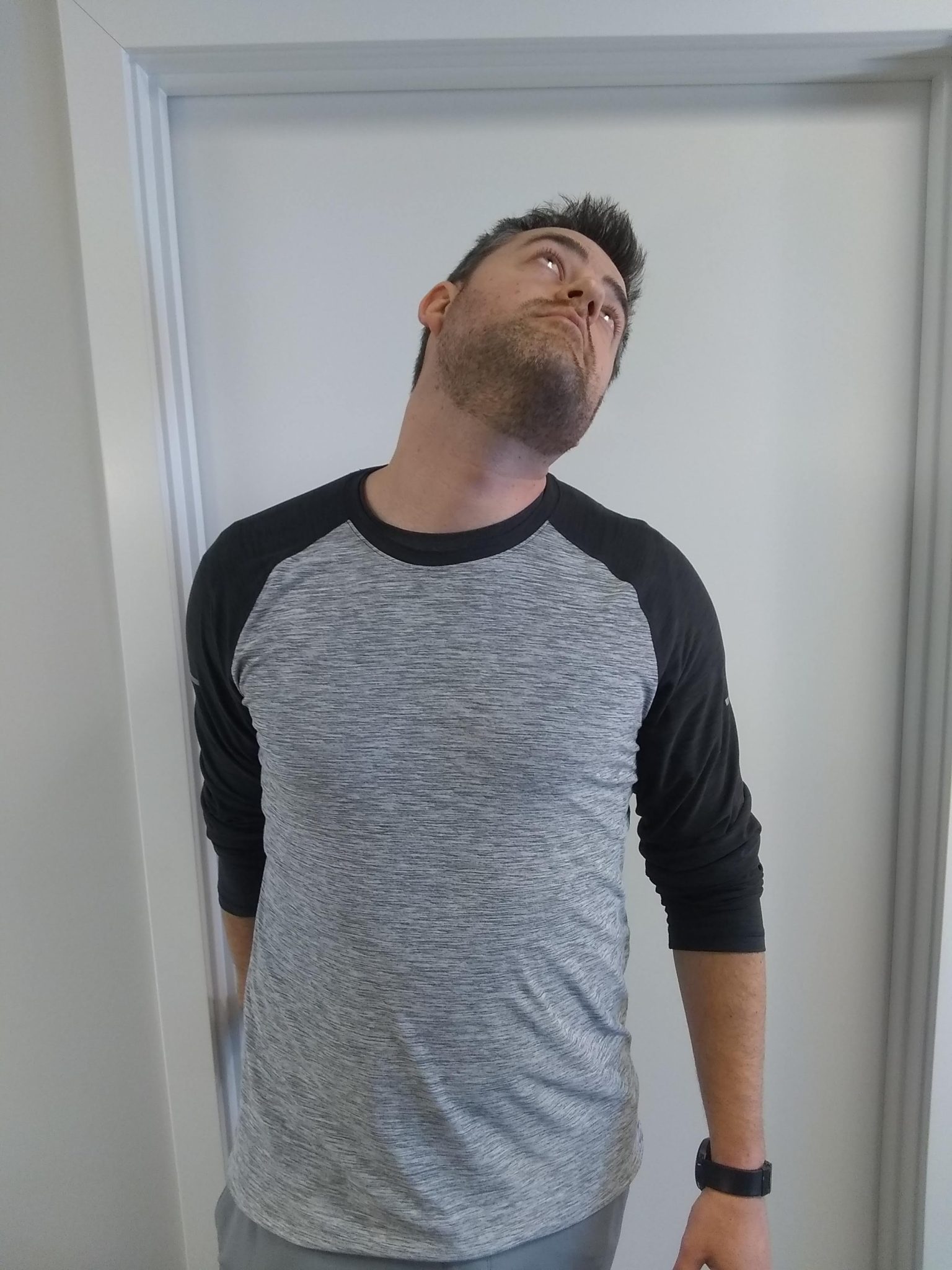
Yeses Stretch Up Position
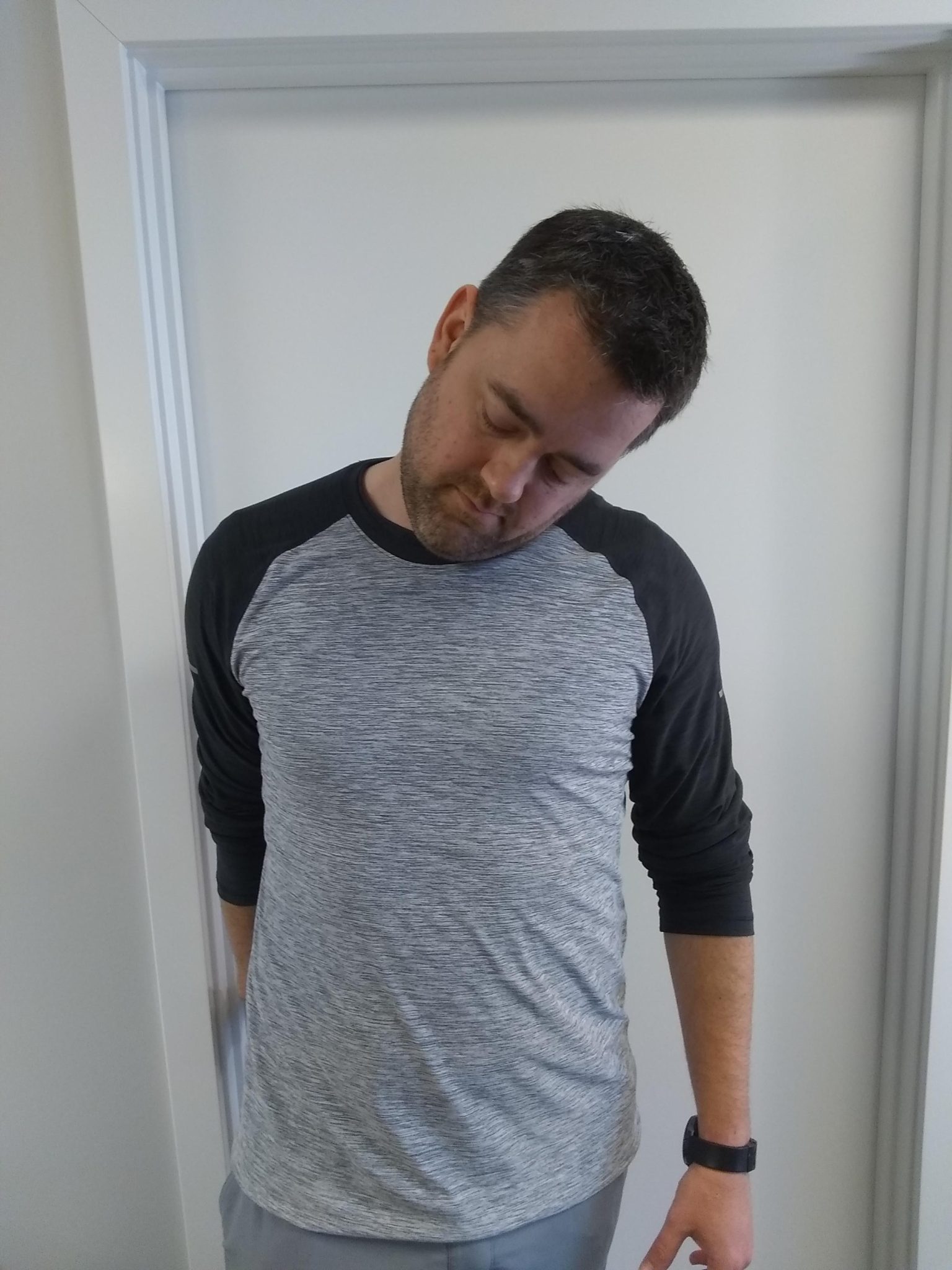
Yeses Stretch Down Position
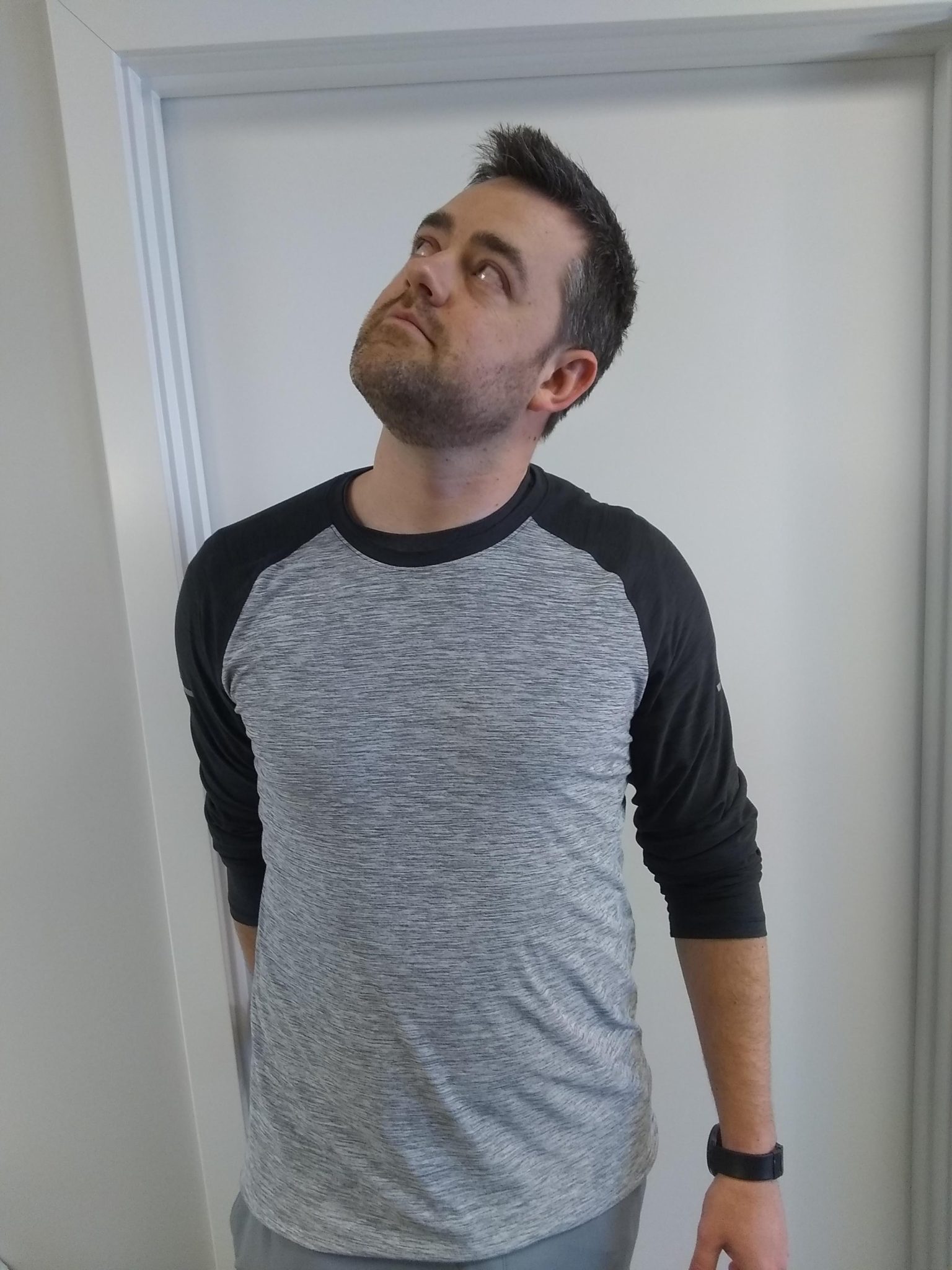
Noes Stretch Up Position
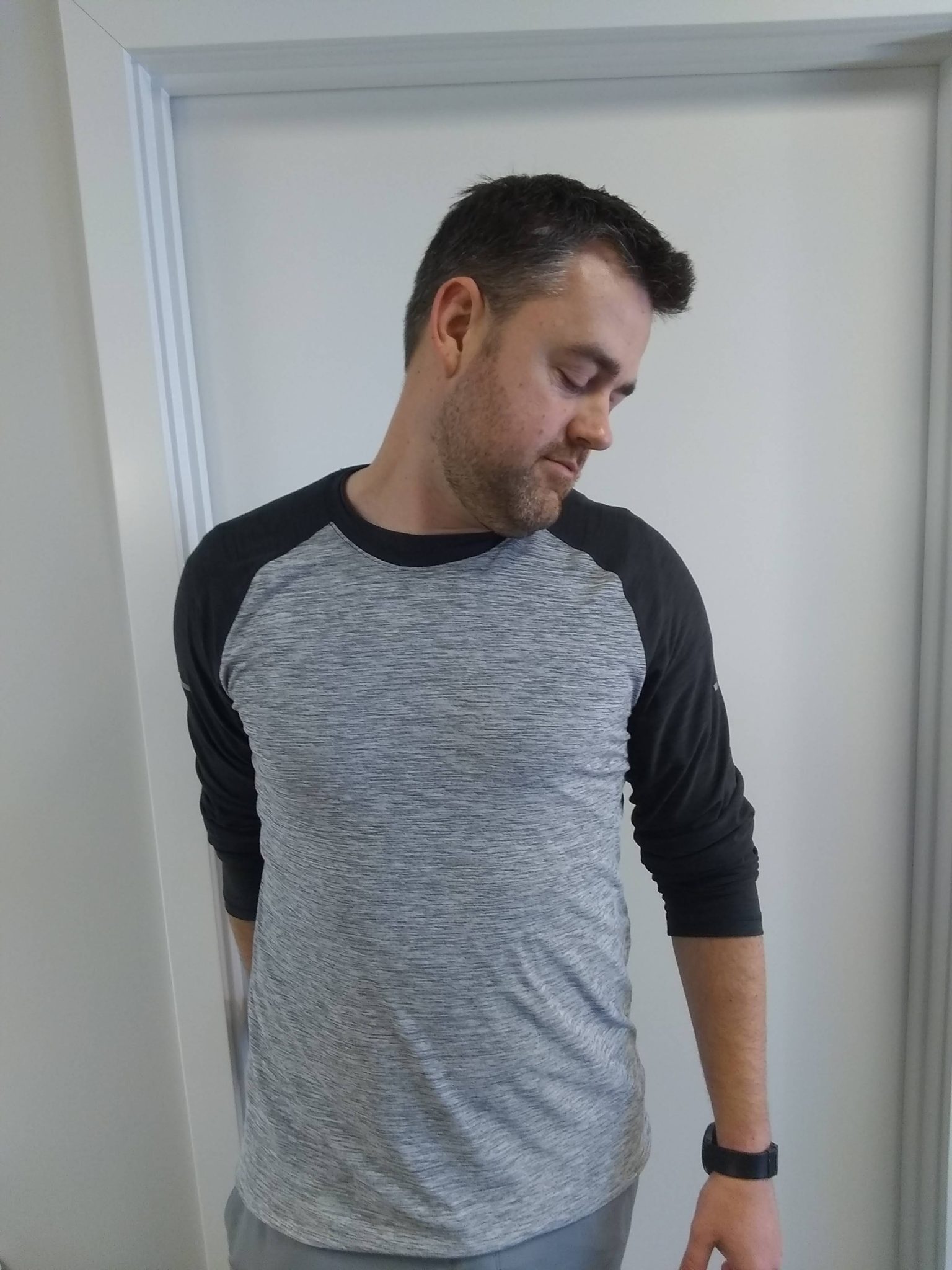
Noes Stretch Down Position
Posterior Capsule/Deltoid Stretch
Stand close to a sturdy structure that you can grab with your hand, such as a door frame. With your left foot slightly forward, reach across your chest and hold the door frame with your right hand. Bring your shoulders down and back as you rotate your trunk toward the right. You should feel this stretch in the back of your right shoulder. Do not let your shoulder rise or round as you rotate your trunk.
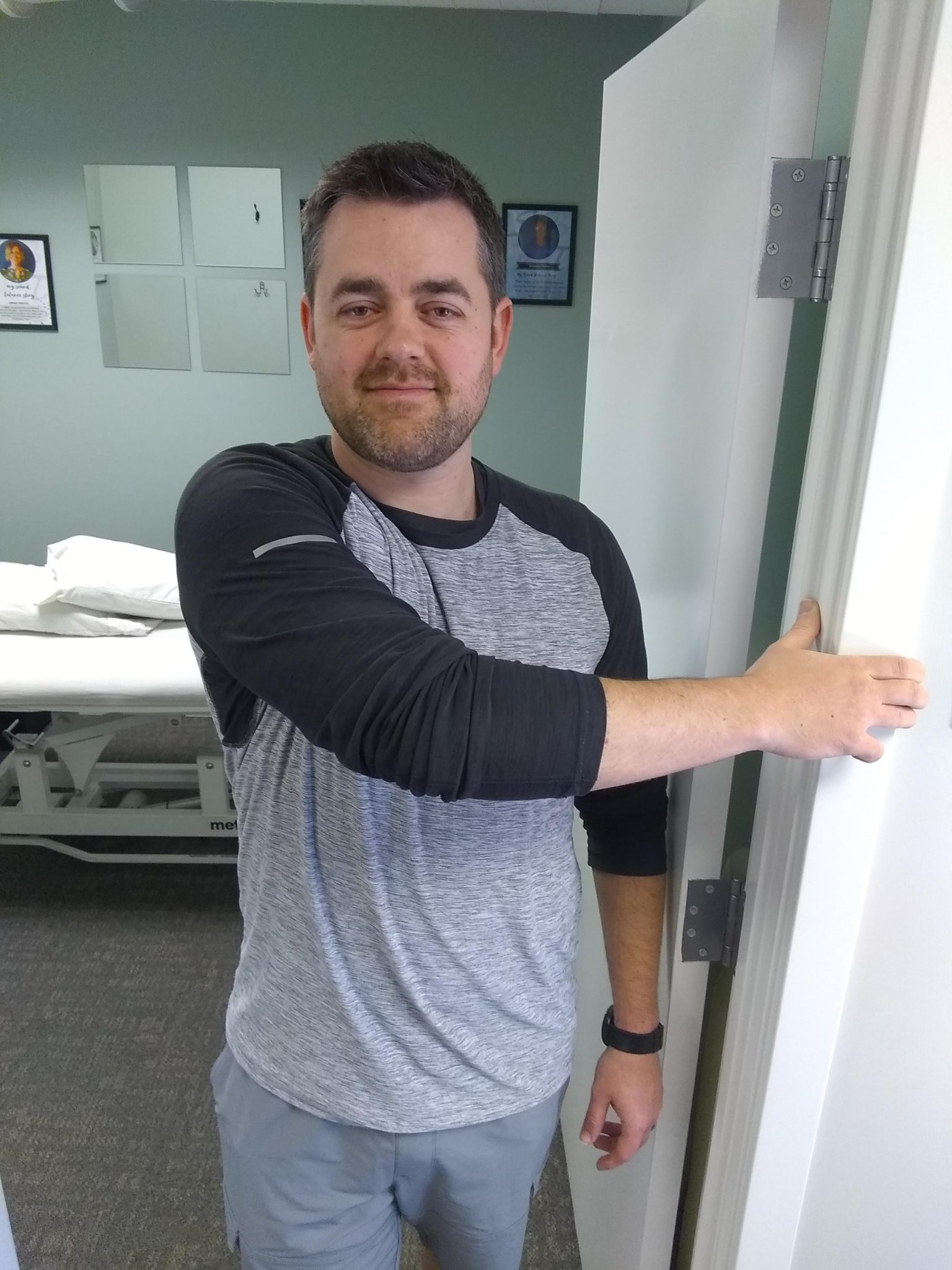
Rear Deltoid Stretch Starting Position
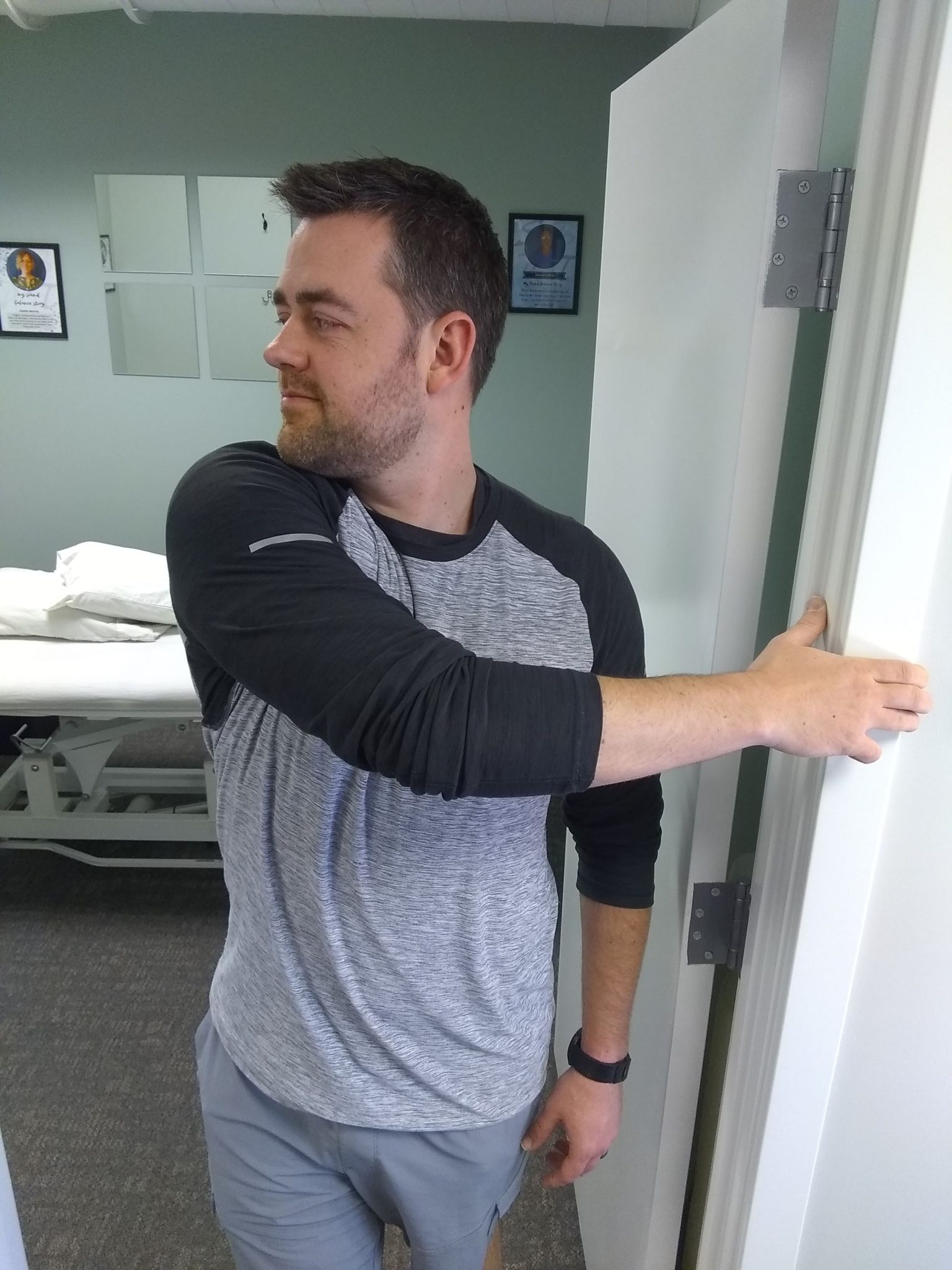
Rear Deltoid Stretch Ending Position
How long and how often should these exercises be done?
Additional Resources
Visit our books page to get more information about stretching, exercise, and wellness. We also have a YouTube channel with videos descriptions for these stretches and more.

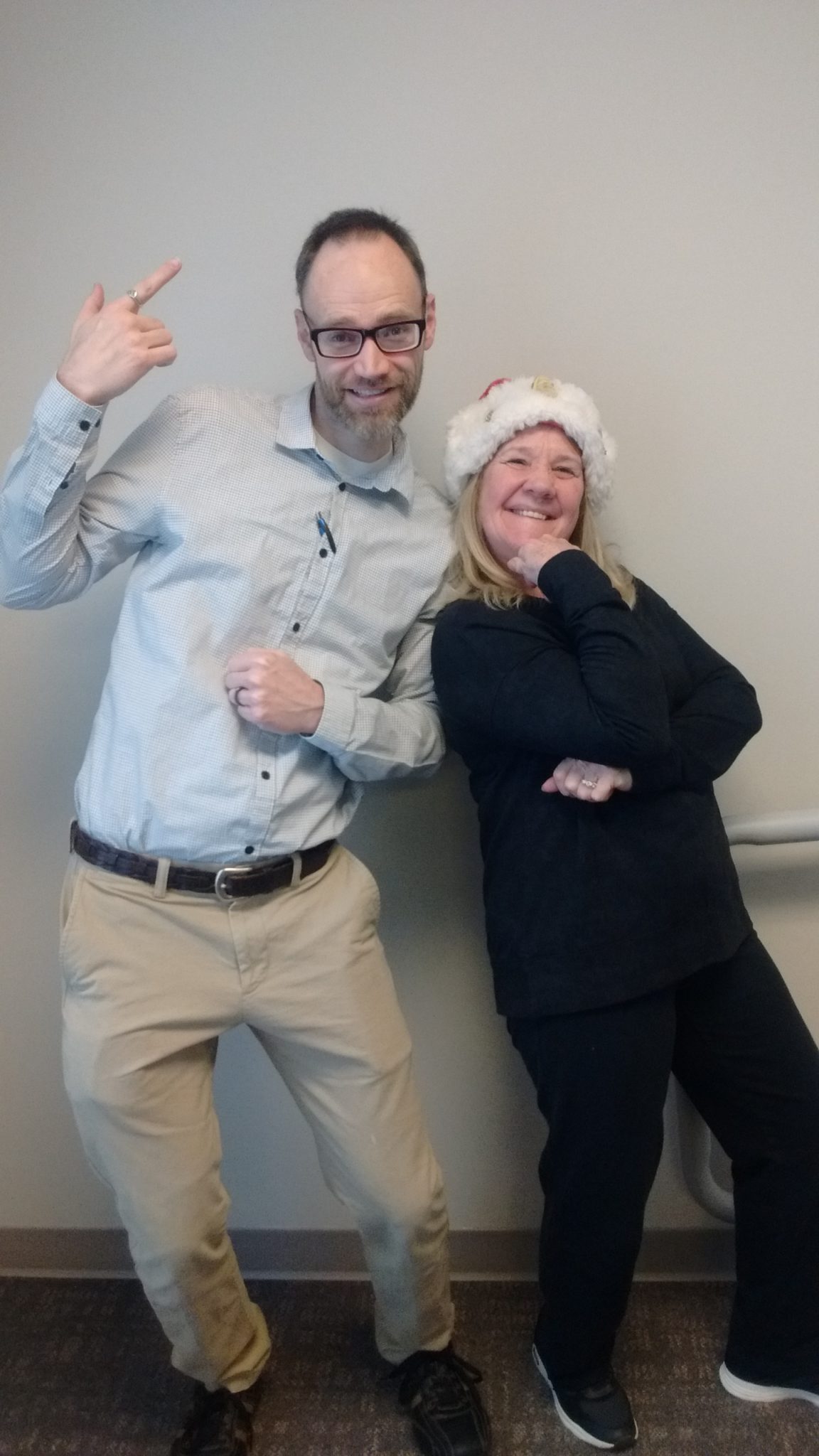
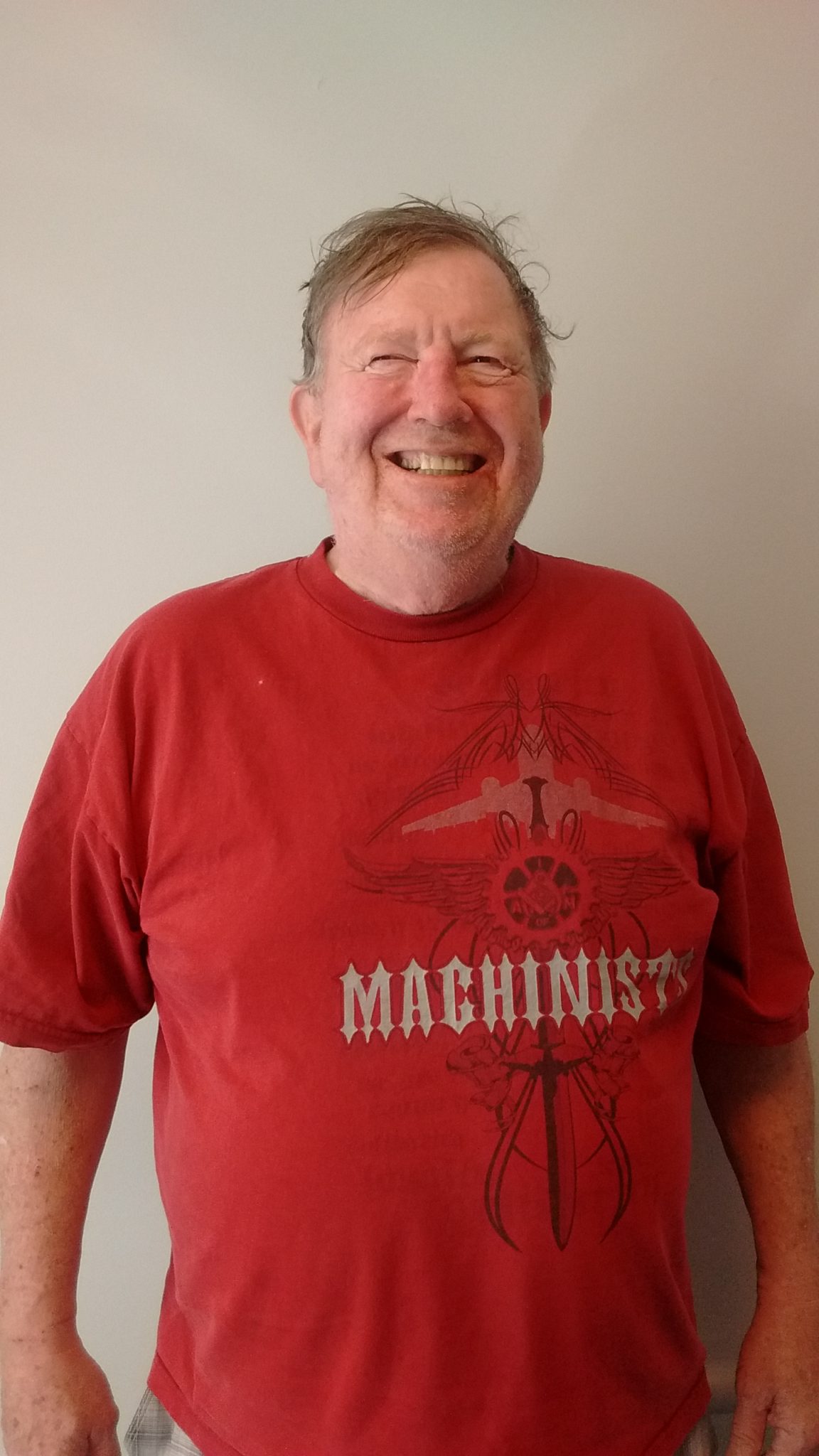
[…] 5 Easy Steps to Correct Posture and Decrease Pain […]